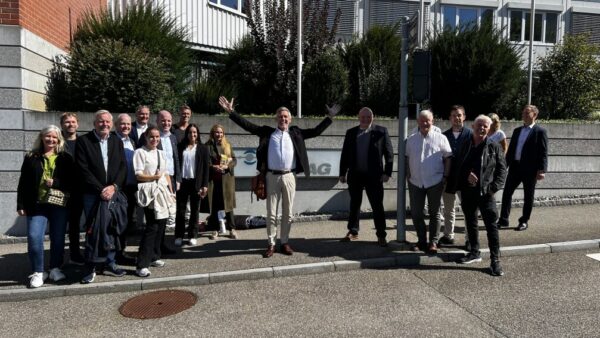Chinese scientists have proposed the construction of a “super grid” that would connect Northeast Asia’s major economies and make renewable energy as cheap as coal, they say.
China, Russia, Mongolia, South Korea, North Korea and Japan would all be connected. The region currently consumes a third of the world’s electricity, with demand set to double by 2050.
According to the study, published this week in the Proceedings of the Chinese Society for Electrical Engineering, hydropower, wind and solar could cost as little as five US cents per kilowatt-hour – about what electricity generated by China’s coal-fired power plants costs.
Zhang Ning, a professor of electrical engineering at Tsinghua University, wrote in the paper that the grid could “significantly increase the proportion of clean energy in electric power supply systems”, reports newspaper South China Morning Post.
The idea of a regional grid has been around for a number of years. In 2018, a study by Kepco, the state energy utility of South Korea, estimated that it would cost around $6bn or $7bn to install the transmission lines required.
The main interconnector would be a $2.6bn, 370km undersea power line linking the Chinese port of Weihai with Incheon in Korea.
Another $2.1bn would be needed to link Vladivostok to North Korea by some 1,000km of land lines.
The transmission lines would be accompanied by battery storage facilities to smooth fluctuations in power output.
With the exception of North Korea, the five nations that would benefit from the grid have signed a number of agreements in principle in recent years (see further reading).
The new element is the opportunity to link fossil-fuel-dependent countries such as Japan and South Korea with relatively cheap wind energy from Mongolia, solar power from the Gobi Desert and hydropower from Russia.
The idea of a regional grid has been lent new urgency with pledges by China, Japan and South Korea to decarbonise their energy systems over the next few decades, and the continuing need of these countries to decouple their economies from Middle Eastern oil. Â
One barrier to a mega grid would be geopolitical tensions between some of the nations involved.
The South China Morning Post comments that diplomatic ties between Japan and South Korea are at their lowest point in decades, and there are tensions between China and Japan and Japan and Russia over disputed islands.
Japan and South Korea are military allies of the US, which could add further uncertainty to the project, since it would make China the Saudi Arabia of renewable energy in the region: last year the country produced more than 2,200TWh of renewable energy from around 680GW of installed capacity in 2020.
Image: A supergrid would bring solar energy from the Gobi desert to South Korean chip factories (Anton Petrus/Dreamstime)
Further reading:










